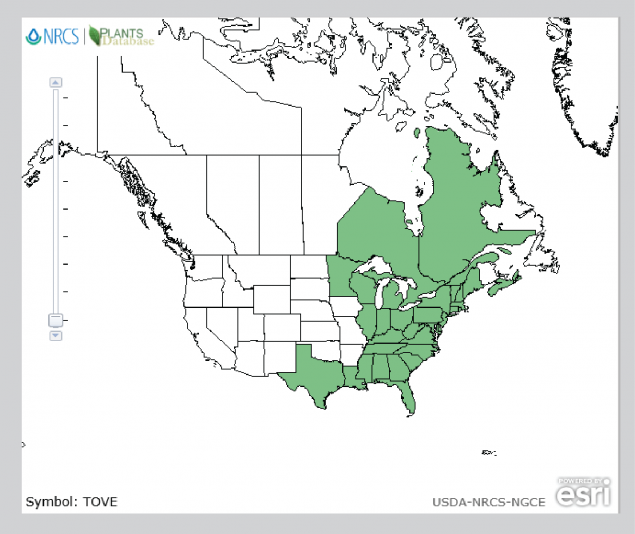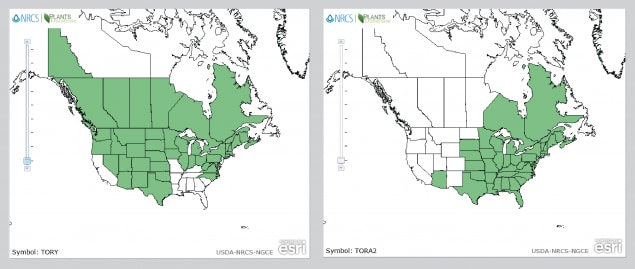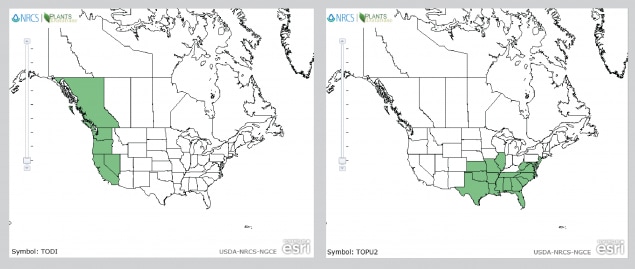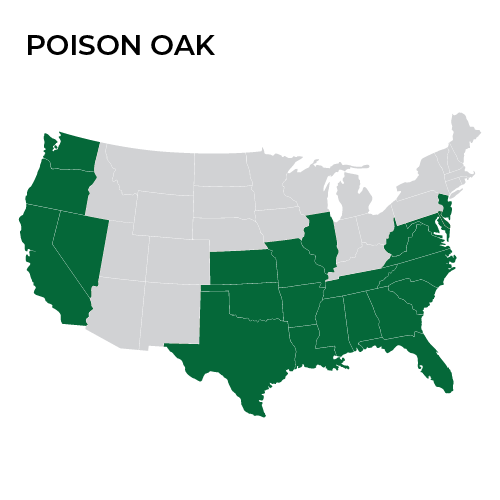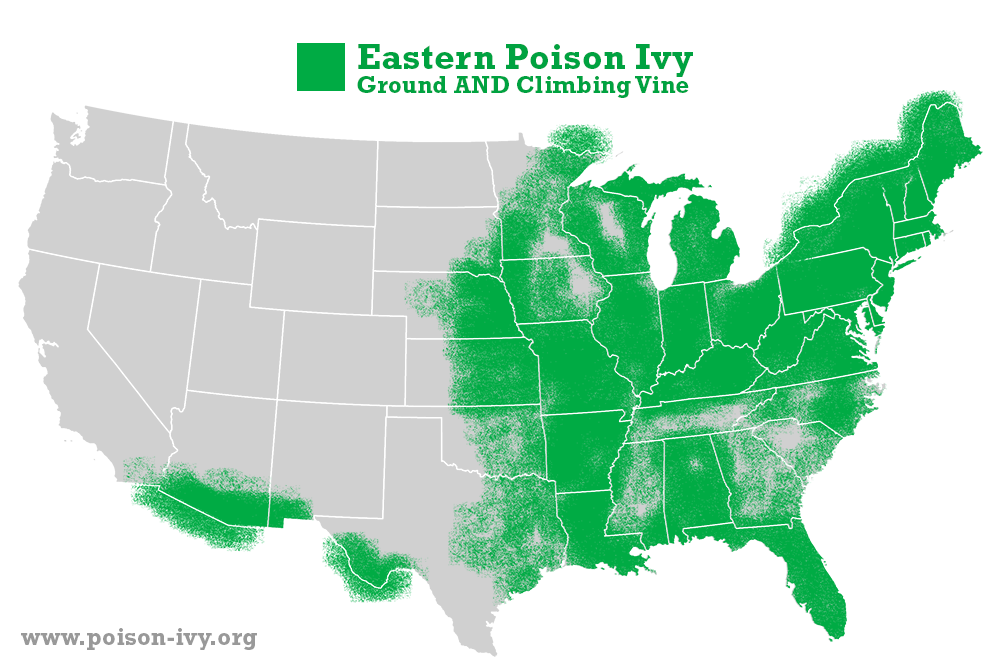Poison Oak Range Map
Poison Oak Range Map – Learn how to identify poison ivy, oak, and sumac plants and the rashes The two types of poison ivy do have slightly different geographic ranges: Eastern poison ivy: Leaves grow on a fuzzy . First Aid arm with allergies and rashes Poison Ivy Plant Illustration representing first aid arm with allergy and allergic rashes due to poison ivy poisoning Poisonous and Toxic Plants, Victorian .
Poison Oak Range Map
Source : www.cdc.gov
Western Poison ivy
Source : www.fs.usda.gov
Poisonous Plants: Geographic Distribution | NIOSH | CDC
Source : www.cdc.gov
A Guide to Poison Ivy, Poison Oak, & Poison Sumac | Outdoor Blog
Source : www.outdoorjoes.com
Poisonous Plants: Geographic Distribution | NIOSH | CDC
Source : www.cdc.gov
Prevalence of Poison Ivy, Oak, & Sumac in the United States : r
Source : www.reddit.com
Across the Map: Uncovering the Geographical Distribution of Poison
Source : rrlotion.com
Prevalence of Poison Ivy, Oak, & Sumac in the United States : r
Source : www.reddit.com
Poison Ivy, Poison Oak, Poison Sumac: Maps poison ivy.org
Source : www.poison-ivy.org
A Guide to Poison Ivy, Poison Oak, & Poison Sumac | Outdoor Blog
Source : www.outdoorjoes.com
Poison Oak Range Map Poisonous Plants: Geographic Distribution | NIOSH | CDC: Unlike poison ivy and poison oak, poison sumac does not grow as a vine. The height range for this plant varies, generally falling between 5 – 20 feet tall. While hiking in short-sleeved shirts and . A rash from poison ivy, poison oak or poison sumac is caused by an oil found in these plants called urushiol. When this oil touches your skin, it often causes an itchy, blistering rash. Most people .
